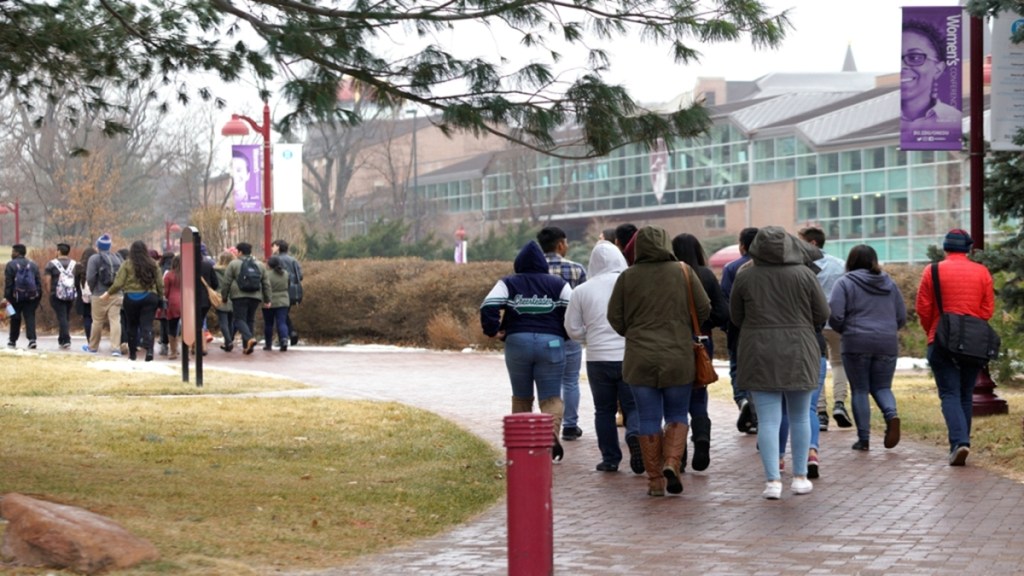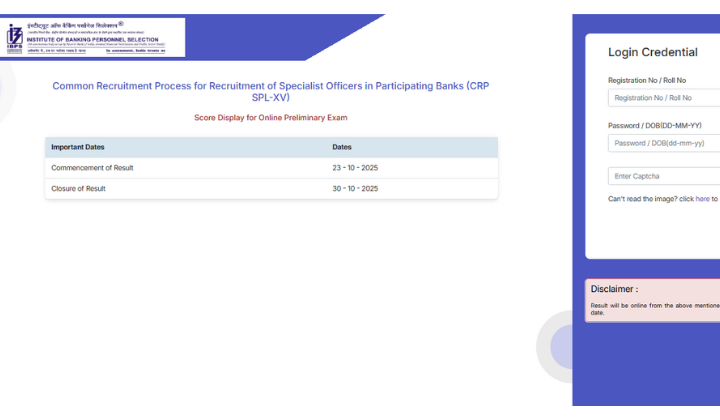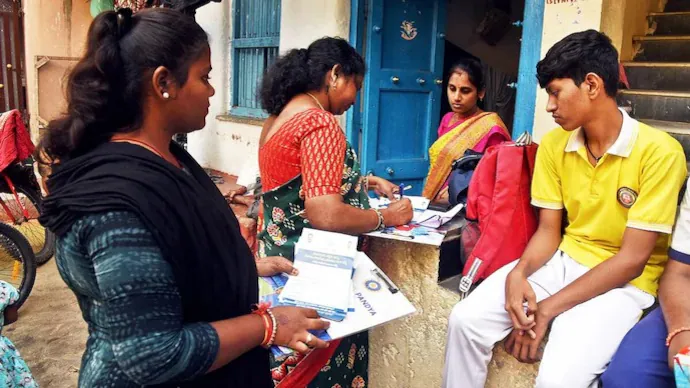Now Reading: Planning to Study in the US? Key Financial Tips for Indian Students in 2025
-
01
Planning to Study in the US? Key Financial Tips for Indian Students in 2025
Planning to Study in the US? Key Financial Tips for Indian Students in 2025

As thousands of Indian students gear up to begin their academic journey in the United States this year, understanding financial planning has become more critical than ever. From rising tuition fees to shifting currency values, careful preparation can help avoid last-minute stress and long-term debt. Whether you’re from Tier 1 or Tier 2 cities, being financially informed is now a vital step in overseas education.
Tuition and Living Costs Continue to Rise
The cost of studying in the US is steadily increasing. Tuition fees at top universities can range between ₹30 lakh to ₹60 lakh per year, depending on the course and institution. In addition to this, students should budget for living expenses, which may vary between ₹10 lakh and ₹20 lakh annually, depending on the city.
Indian families, especially those from Tier 2 cities like Nagpur, Indore, and Kochi, are often unprepared for these expenses unless they plan well in advance.
Importance of Currency Management
Fluctuations in the rupee-dollar exchange rate can greatly affect the actual amount spent. A weak rupee means students may end up paying significantly more than expected. Financial advisors recommend that families hedge against these risks by transferring funds in smaller tranches or using forex cards that offer fixed exchange rates.
It’s also wise to monitor the exchange rate closely and take advantage of favourable shifts.
Understanding Banking and Forex Options
Opening a student bank account in the US is essential. Many Indian banks have tie-ups with international banks, which can ease the process. Additionally, prepaid forex cards are a safer and more manageable option than carrying cash or using international credit cards, which may come with hidden charges.
Students should research which banks offer low-cost remittance services or special schemes for education abroad.
Plan Your Insurance and Emergency Funds
Health insurance is mandatory in most US universities. Students should understand the coverage and ensure their policy includes emergency care, mental health support, and access to reputed hospitals.
Apart from this, keeping an emergency fund of $2,000–$3,000 (around ₹1.5–2.5 lakh) is advisable for unforeseen expenses like travel delays, hospital visits, or housing changes.
Scholarships and Education Loans
Several Indian banks and government schemes offer education loans with favourable interest rates. Students should compare loan terms carefully and understand repayment timelines, moratorium periods, and any processing fees.
Merit-based and need-based scholarships are also offered by many US universities and Indian institutions. Applying early and submitting strong academic records can improve chances of approval.
Cultural and Financial Adjustment Go Hand-in-Hand
Adapting to a new culture comes with its own set of expenses—social events, clothes for different climates, or tech upgrades. Budgeting for such transitional needs can reduce the pressure during the initial months.
Students from smaller Indian cities may also face a steeper adjustment curve and should build support networks or connect with Indian student associations for help.
Conclusion
Studying in the US is a valuable investment, but it requires smart financial planning. From managing foreign exchange to choosing the right banking tools and insurance coverage, every decision counts. With the right preparation, Indian students—especially those from Tier 2 cities—can focus on learning without being weighed down by money worries. Early awareness is the first step to a smoother international journey.
























